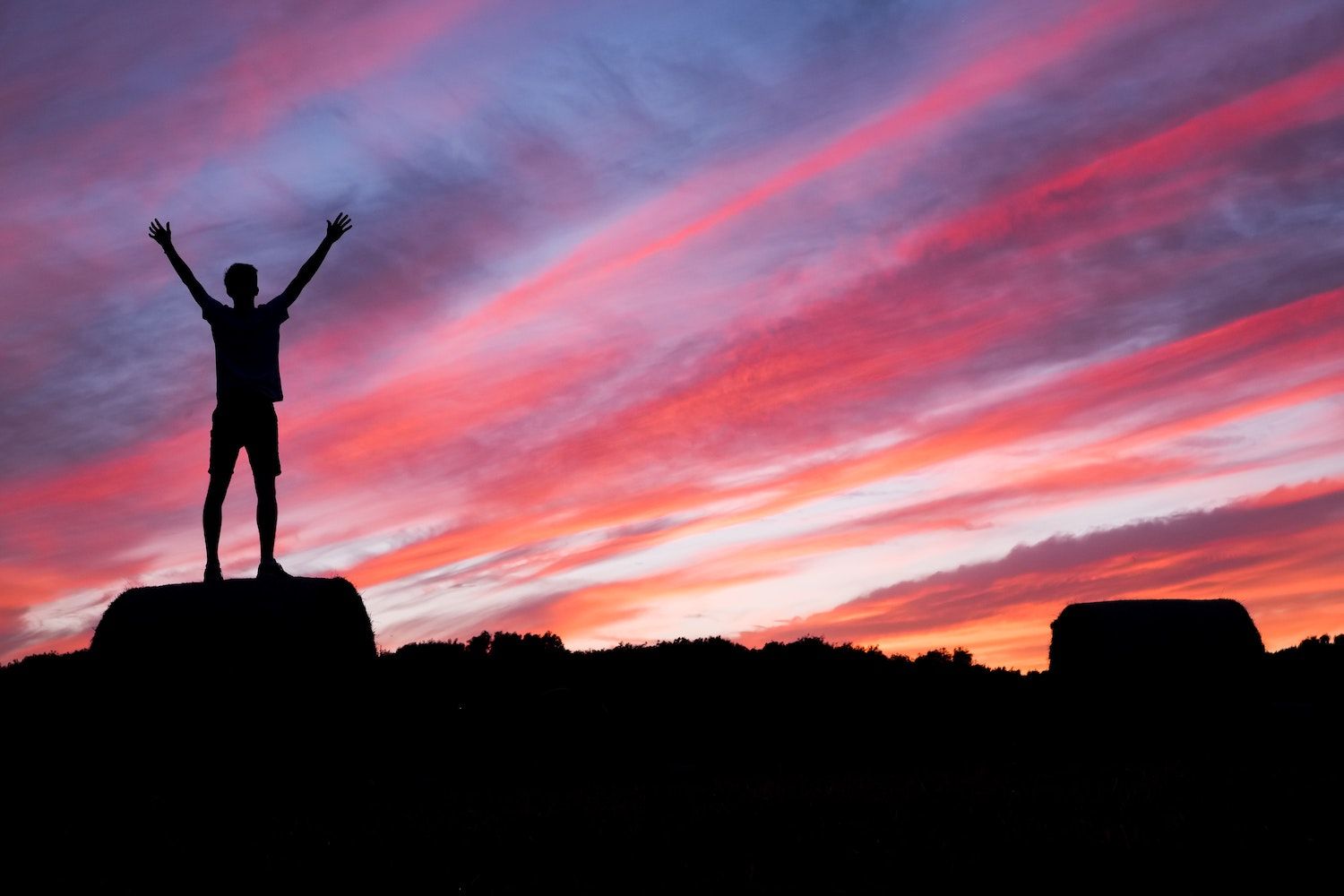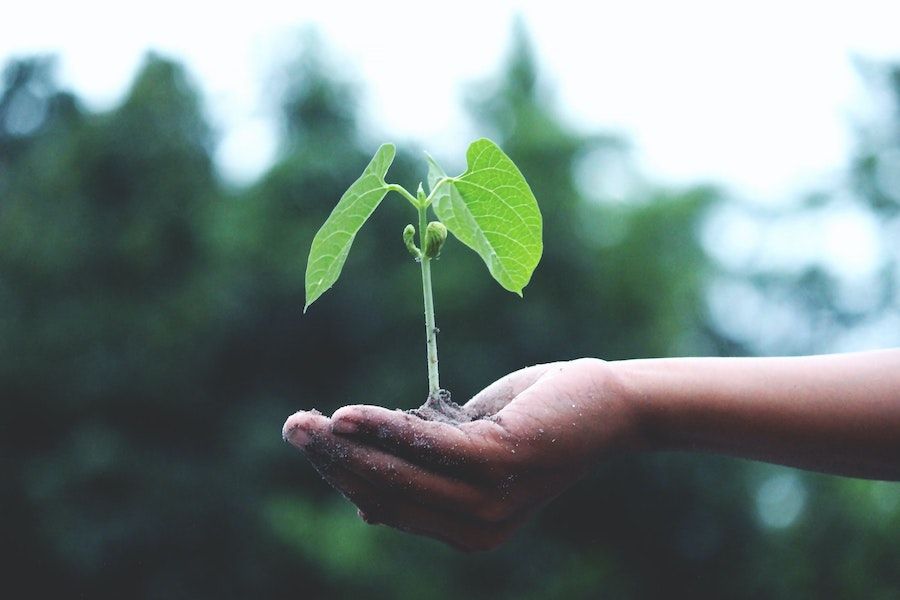“You can never go wrong by investing in communities and the human beings within them,” says Pam Moore, CEO of Marketing Nutz.
No truer words were ever spoken.
You can never go wrong by investing in a community of raving SaaS users for your product.
Notion didn't go wrong with it. Through community building on Reddit plus an ambassadorship program, Notion scaled to $10bn in 2021 with over 2m+ users around the globe.
In 2021, 70% of companies with communities increased their budget for community building. That means community-led SaaS growth is a successful growth model to invest in.
Building your SaaS community adds value to customers beyond your product by encouraging user interactions and information sharing across a network of like-minded individuals who, in turn, become advocates, boosting the community even more according to UserPilot.
But how can you build a thriving community of SaaS users and what exactly is a SaaS community? You'll get answers to these questions and more in this article.
What is SaaS community-led growth (CLG)?
There are many frameworks for growing a SaaS company. There is product-led growth too and many other growth frameworks.
You see, growth predicts a huge part of a SaaS product's success, but growth is super hard to maintain when you don't have a sustainable model in place.
Like Olivia Nottebohm of Notion rightly said – “Community is a force that should power every stage of the funnel.”
So what is community-led SaaS growth?
In a recent article – “Community-led growth is the future of SaaS" – Future of SaaS defined community-led growth as a go-to-market strategy that relies on an engaged community of customers as a tool for acquiring new customers, retaining existing customers, and expanding your business reach.
Community-led SaaS growth is a growth model that involves growing your SaaS user base by prioritizing a group of people (community) on different media platforms notwithstanding geographic barriers and communication hindrances.
In CLG, it's people and product first above any other thing. You care so much about building relationships with a group of people that'll become your SaaS product evangelists. That way, you build your SaaS product awareness, scale engagement, increase product advocacy and scale your client acquisition.
But why are you creating a community? You must have a goal! What platform or channels are you using? Is your product valuable enough to your customers? And what kind of entry and onboarding experience do you want to put in play?
These are questions you must answer to build a thriving community. Now, let's take a look at tips for building one that really rocks!

Five savvy tips for building a community of raving users
Building a community is good but are your community members enthusiastic about your product? Are they going the extra mile to promote your product? After all, what's a community without valuable results for your SaaS org and your users? Let's take a look at the five tips…
Upgrade the value of your SaaS product
The first step to creating a thriving SaaS community is to create a product for the people. Your SaaS product must be of high value to your users and prospective users.
I spoke to Joran Hofman, the founder of Reditus and he had this to say:
Always remember that your clients want to solve a certain problem they have and are looking for tools to help them do so. If you can provide them so much value, they will start raving about your tool themselves. Build your tool with a CS (Customer Success) mindset.
Build your tool with a customer success mindset, it's about your users all the time but never forget the value you bring to your SaaS – more signups, an increase in ARR, and checklists of different metrics that make up for growth.
You will attract loyal community members who are ever ready to talk about your product and give quality feedback.
Create an affiliate program and reward loyal customers
When I interviewed Joran Hoffman of Reditus, he talked so much about building an affiliate program.
Want people to start raving about your product? Create an affiliate program and invite your current users. When they deliver your paid clients, they will receive a kickback fee. A great win-win for both of you. An affiliate program only works if they are already a fan of your product.
Creating an affiliate program is a great way to drive loyal customers to your community funnel. Currently, the global affiliate marketing industry is worth over $17 billion and SaaS companies are taking advantage of it.
Top companies like Shopify and Freshbooks maximize affiliate programs. Creating an affiliate program helps you build a solid community
Canva used impact.com to expand from a relatively low-tech referral program to a diverse network of 9,000 partnerships, including YouTubers, bloggers, media publishers, podcasters, and business-to-business partners.

Host events and webinars
Hosting virtual events for your SaaS company is a great way to build a community of raving fans.
29% of the marketing webinars are from the technology and SaaS industry (Webinar Care). Webinars and other virtual events are great channels for you to build affinity with your users.
With virtual events, you widen the reach of your SaaS product. That means you get more eyeballs on your unique offer. You must map out a quality message for each event and have a goal in mind.
Are you trying to generate leads with webinars or are you trying to drive traffic to your Slack groups or Facebook groups? With webinars, you can create a big wall of content. Your webinar content can be repurposed to fit into your SaaS content distribution channels.
Engage with helpful and educational content
The mistake I see from SaaS companies is this: They just create a community, a group on either Facebook, LinkedIn, or Slack, and once in a while, they send messages that are not valuable to the members. What does this result in? A dormant community.
You are the owner of your SaaS community, so you don't need anybody's permission. Always share helpful content and support with your community.
Spark conversations with trending topics in your niche, ask questions, share your blog post with snippets, and don't forget to be fun when need be. When you share helpful content about your product, your customers would always reciprocate that show of care. So do it right!
Be consistent
What should be consistent? There are 3 things you must be consistent with if you want to build a thriving community for your SaaS org.
The first is encouraging product advocacy. Reward customers who talk about your product on social media. But the truth is, you can't get them to advocate for your product if you aren't consistent with customer education and publishing helpful content.
The last is this: Always show up. If you snooze, you lose the attention of your users. Show them you care about them by showing up in the community.
Remember, the results of CLG grow in a compounding manner. You have to be consistent to skyrocket your SaaS growth.

Hire a community team
In an article titled: “How Nigeria’s leading startups build and maintain thriving communities” written by Jeremiah Ajayi, he stated that:
Community building is a full-time job. And so, you'll need to hire for community roles. You don't have to go full-scale if you don't have the resources yet. You can start by hiring only a community manager or even asking your current marketing team to take up community management.
If you want to grow your SaaS community, you have to hire or create a community management team. You can't do it yourself. There are 1001 things you should be doing rather than managing your community. Hand it over to quality hands to manage and see how you get a great return on investment.
Real examples of SaaS companies maximizing community-led growth
Community for Duolingo is not just a fuzzy buzzword, it is the mega highway that powers what we do, why we do it, and who we do it for.
Says Laura Nestler, the former head of community at Duolingo, now head of community at Reddit.
Duolingo has over 500 million registered users with a little over 95 available courses in 38 languages. Their huge growth in revenue and retention has been majorly part of the community-led growth model.
Duolingo uses their community to generate educational content for its users. The Duolingo community team used the 1/9/90 rule to produce lots of results. They encouraged the 1% of community members to share their content and this led to an influx of more users.
Notion is not left out either. Notion has used the community-led growth model to build a $2 billion company, grow its user base to over 30 million users.
They have a huge Reddit community. Notion's Reddit community has become a place for current and future users to connect to share templates, ideas, accomplishments, product ideas, etc.
The image above shows the Reddit community at 46.8k in August 2022, not surprising to know that the community now boasts 235K community members.
That's a whopping figure in a short time.
We created a community of champions from different companies who were all working on the Notion platform. They could exchange ideas and best practices, and most importantly, we granted them access to ask thought leaders about the product and what they thought should come next.
Olivia Nottebohm, the CRO of Notion.
The interesting thing is: The community is not dormant. Many posts go live in a day with hundreds of comments and engagement. Indeed, it's a community of champions.
But Notion didn't stop there, they created an ambassadorship program called Notion Pros. They use a brand of creators to skyrocket Notion's user base.
To keep it manageable, they limited the Notion Pros program to 20 total seats at the start. As of August 2020, they got 60 Notion Pros representing, supporting & promoting the tool across the many Notion communities out there.
Now, in 2022, Notion has around 90 influencers that have at least 10k followers on social media. And they're called 'Notion Ambassadors'.
Notion’s current Head of Community was once a Notion fanboy with a site that was getting over 80,000 hits per month according to nogood.io.
Now, you see how powerful building a community can be. Stop thinking about: “If I build it, they'll come”. It's time to tap into the community.

Wrapping up: It's time to build your SaaS community
An authentic, engaged, and loyal community can be your SaaS company's most valuable asset. The success of Notion, Duolingo, Cowrywise, Coinbase should convince you if you are thinking otherwise.
I'll end with this quote from Richard Mabey, the CEO of Juro:
If you’re selling something radical, you need to find believers in the product — visionaries who are prepared to change the way they work. Traditional inbound marketing methods rarely work in finding these people — or at least not quickly. By building a community of like-minded lawyers, we are building a group of evangelists for our vision and product.
Want to boost your skills for maximum growth? Get segmentation certified here!


